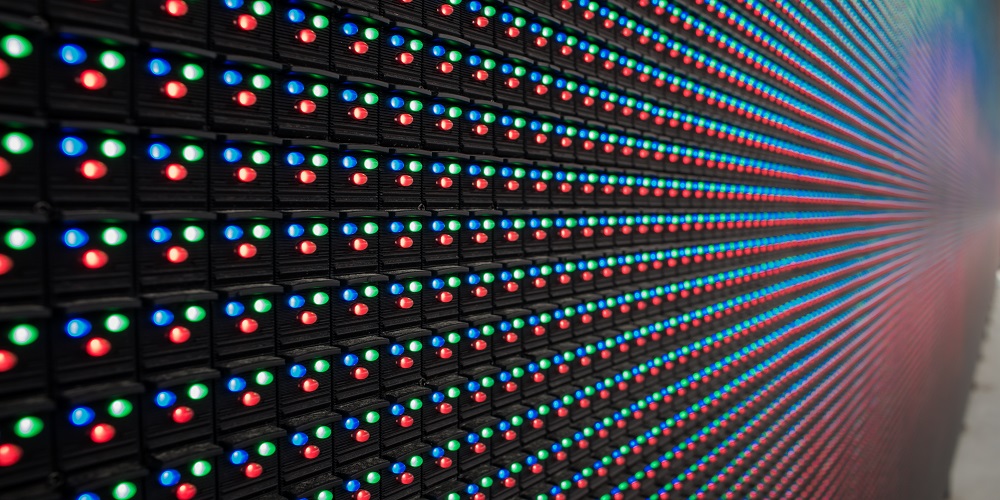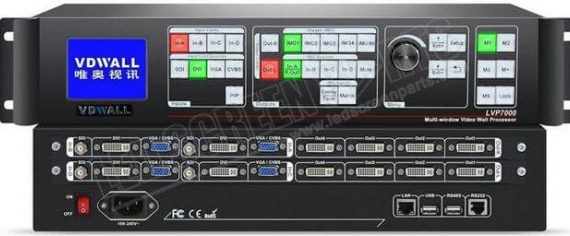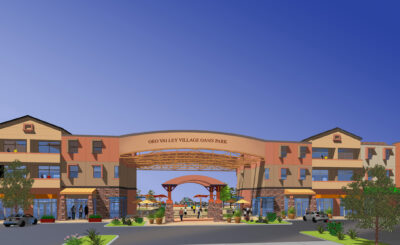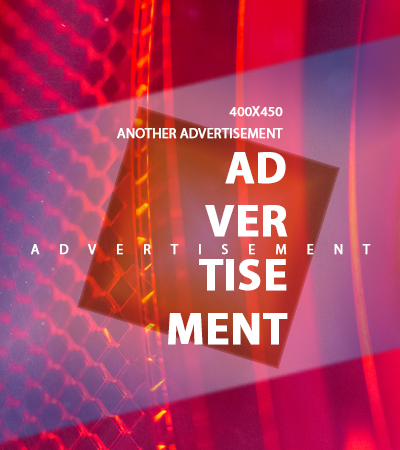With the increasing display area of LED small-pitch products, projects of dozens of square meters are common. The physical resolution of LED displays often exceeds 1920 × 1200, that is, each ultra-large-scale LED display consists of several It consists of several independent display areas driven by each LED controller. For the application of the splicer, it only needs to provide several DVI output interfaces corresponding to the number of LED controller, and the entire LED screen can be spliced. In the application of small pitch LED display parts, there are several key technologies worth paying attention to.
Signal Output Synchronization
The multi-channel DVI signal output of the splicer necessarily has the problem of signal synchronization. Unsynchronized signals are output to the LED display, and the screen tearing phenomenon will appear at the splicing place shop, especially when playing high-speed moving images. How to ensure the signal output synchronization becomes the key to measure the success or failure of a splicing system.
Graphics Processing Algorithm
We know that the point-to-point image display effect is the best. After reducing the image, if only ordinary graphics processing technology or general FPGA graphics processing algorithm is used, the edges of the image will appear jagged, and even pixels will be missing. The brightness will also decrease. High-end image processing chips or FPGA systems that use complex graphics processing algorithms will maximize the display effect of reduced images. Therefore, a good graphics processing algorithm is a key technology for a splicer applied to small-pitch LED displays.
Non-Standard Resolution Output
The small-pitch LED display technology is formed by splicing a matrix of display units of the same specifications. The size and physical resolution of each display unit are fixed, but the entire large screen stitched together is often not a standard physical resolution. For example, the resolution of the display unit is 128 × 96, which can only be 1920 × 1152, but cannot be 1920 × 1080. In a very large-scale splicing system, the LED display area driven by each LED controller may not be of a standard resolution. At this time, it is critical that the splicer has an output with a non-standard resolution. It can help us quickly find the right one. The splicing method can reasonably allocate resources and effectively save the use of LED parts and transmission equipment.














